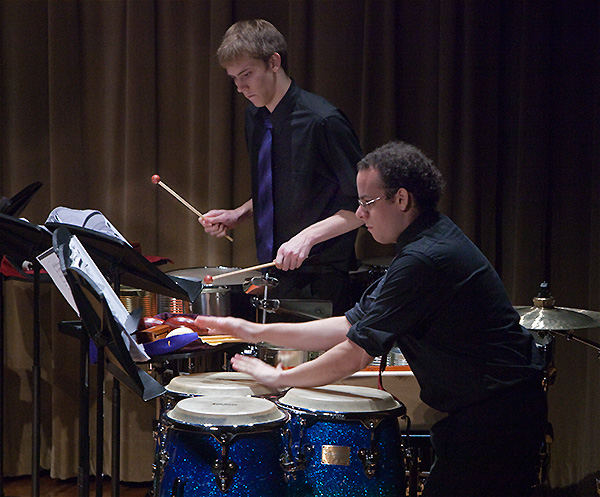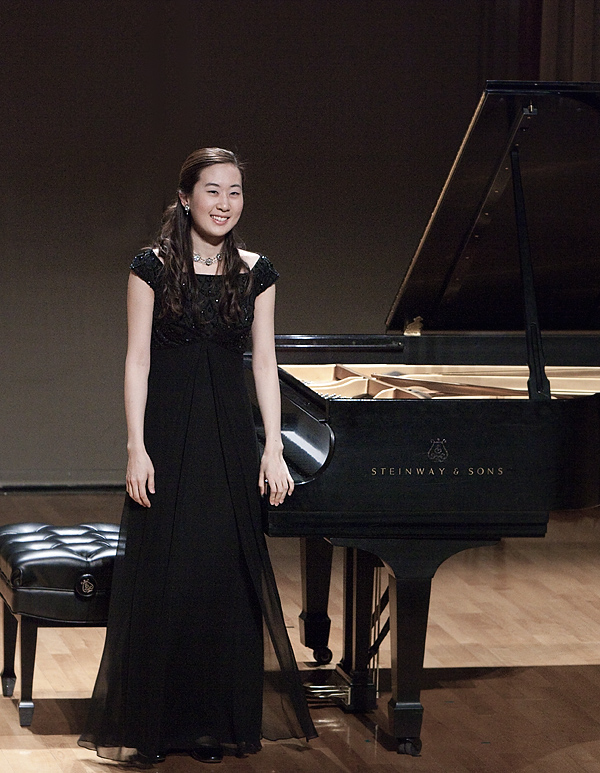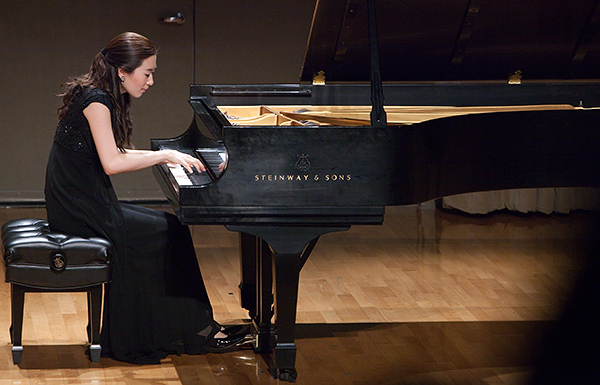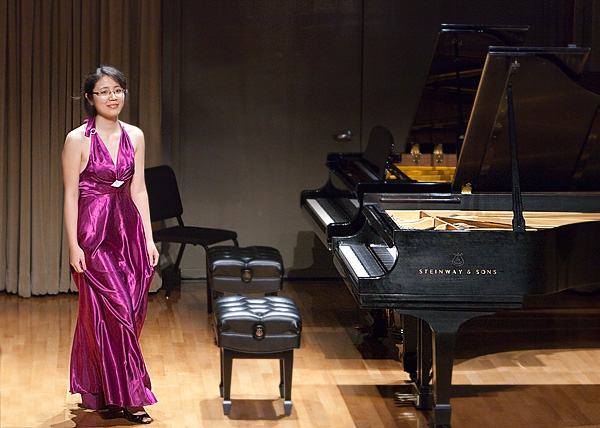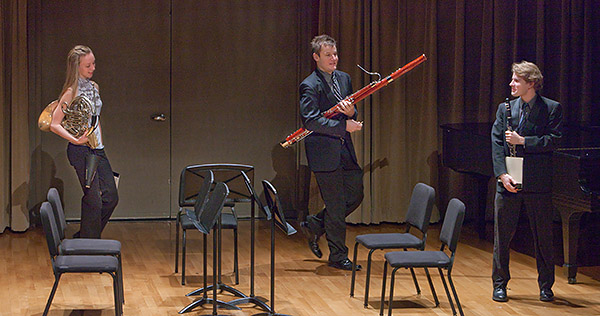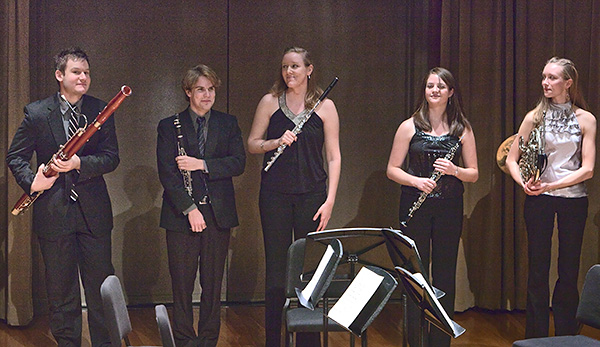Asher Kelman
OPF Owner/Editor-in-Chief
I have settled on using the 5DII with generally about a stop of under-exposure to protect the highlights and not have hands and faces vanish in the bright overhead lights. My hope has been to use a digicam and avoid the shutter noise of the DSLR.
The Colburn School of Music Conservatory trains a diverse array of students since they always have one orchestra's worth of musicians. When some graduate, others vie to take their place. Graduates tend to become soloists or else get prestigious appointments in major orchestras.
Thursday at 11 am is the time when one gets a glimpse of the work of individual students or ensembles they have put together. Different students, each bring a certain character to the school.
These first images will illustrate the introduction and then I'll try to show results with the new GXR camera as well as the Canon G10. These last two cameras are especially interesting since they are essentially silent with the synthesized shutter sound turned off.
Asher
The Colburn School of Music Conservatory trains a diverse array of students since they always have one orchestra's worth of musicians. When some graduate, others vie to take their place. Graduates tend to become soloists or else get prestigious appointments in major orchestras.
Thursday at 11 am is the time when one gets a glimpse of the work of individual students or ensembles they have put together. Different students, each bring a certain character to the school.
These first images will illustrate the introduction and then I'll try to show results with the new GXR camera as well as the Canon G10. These last two cameras are especially interesting since they are essentially silent with the synthesized shutter sound turned off.
Asher
Last edited:

